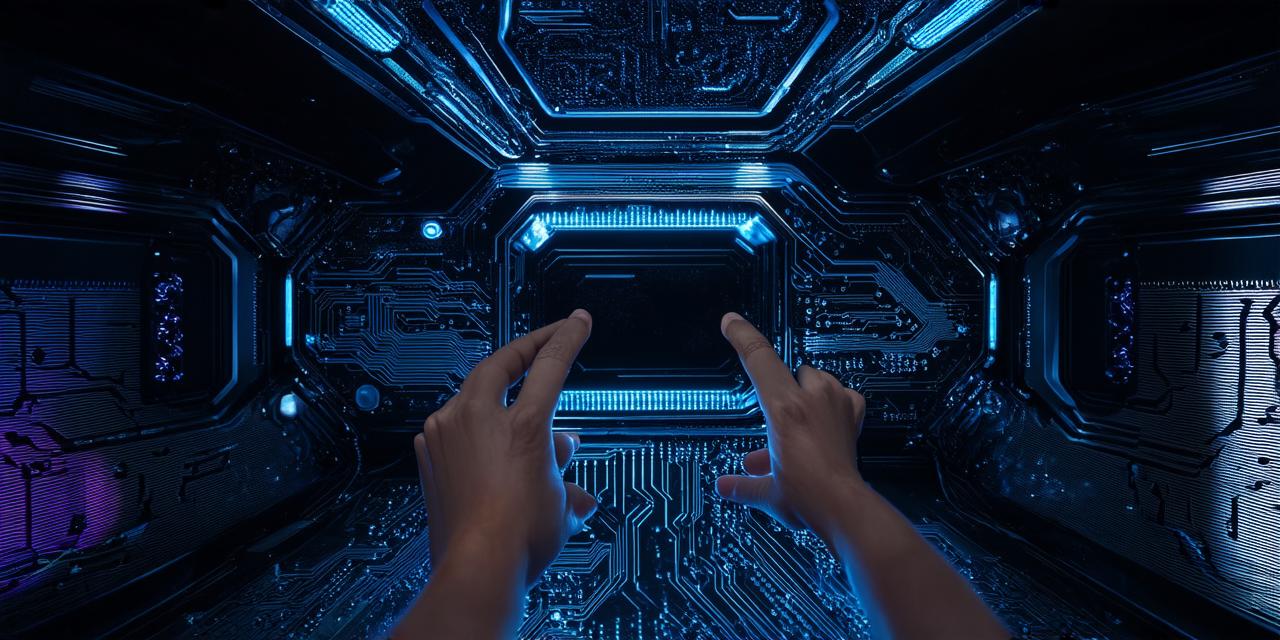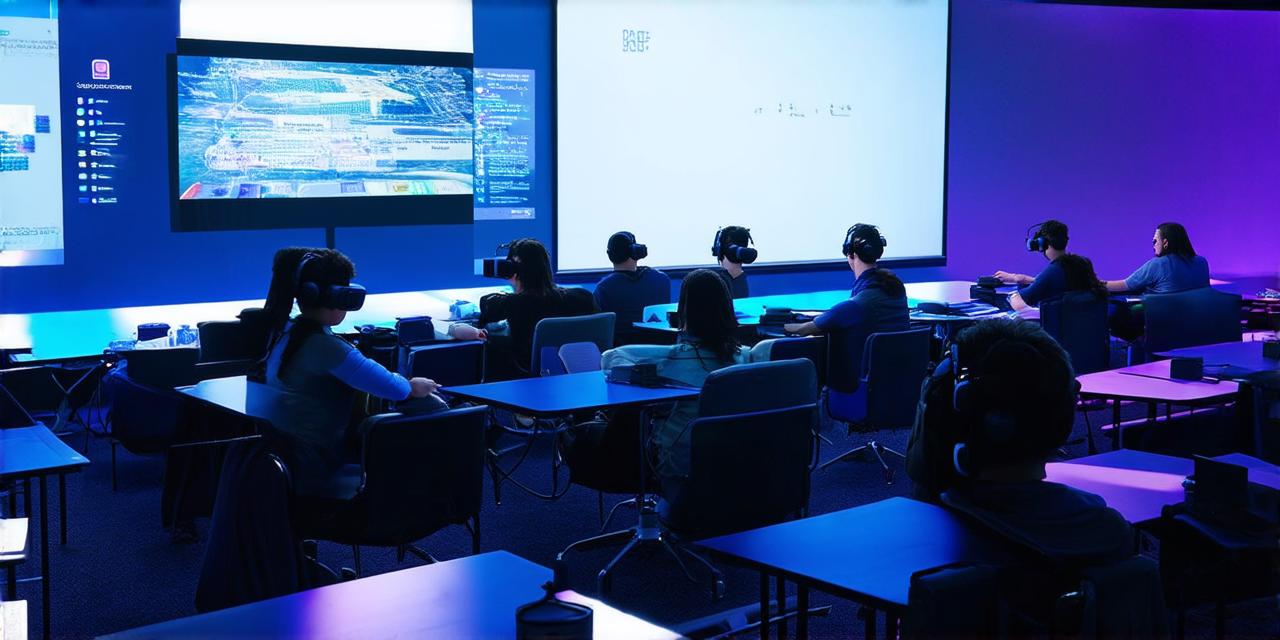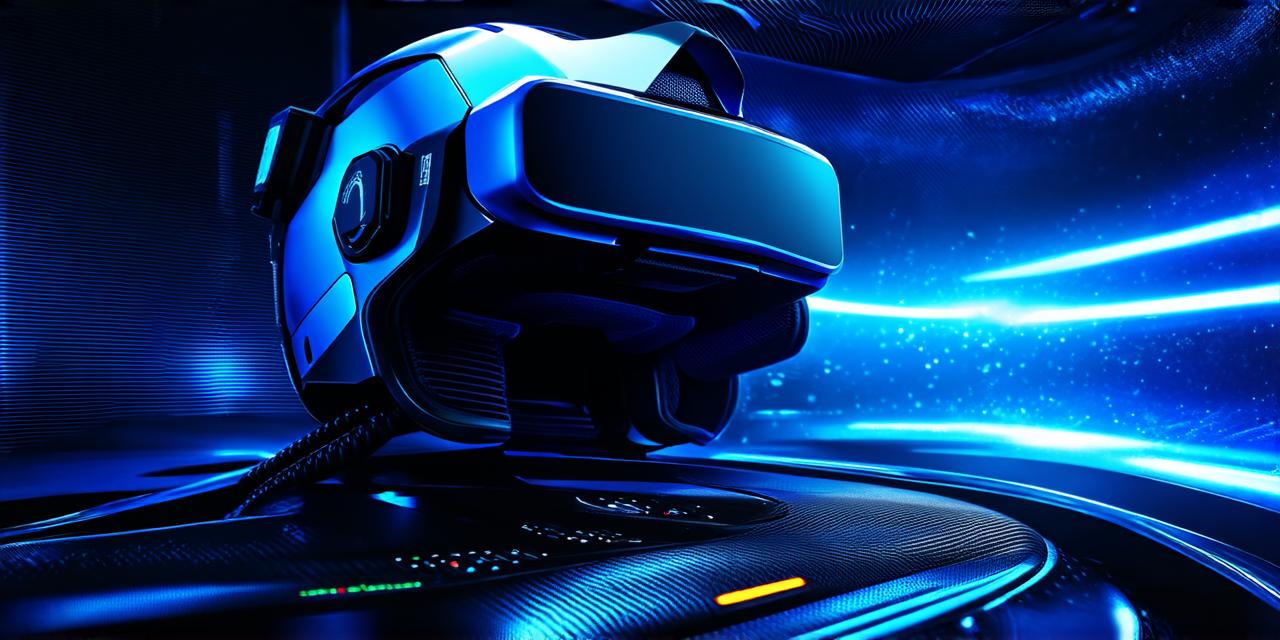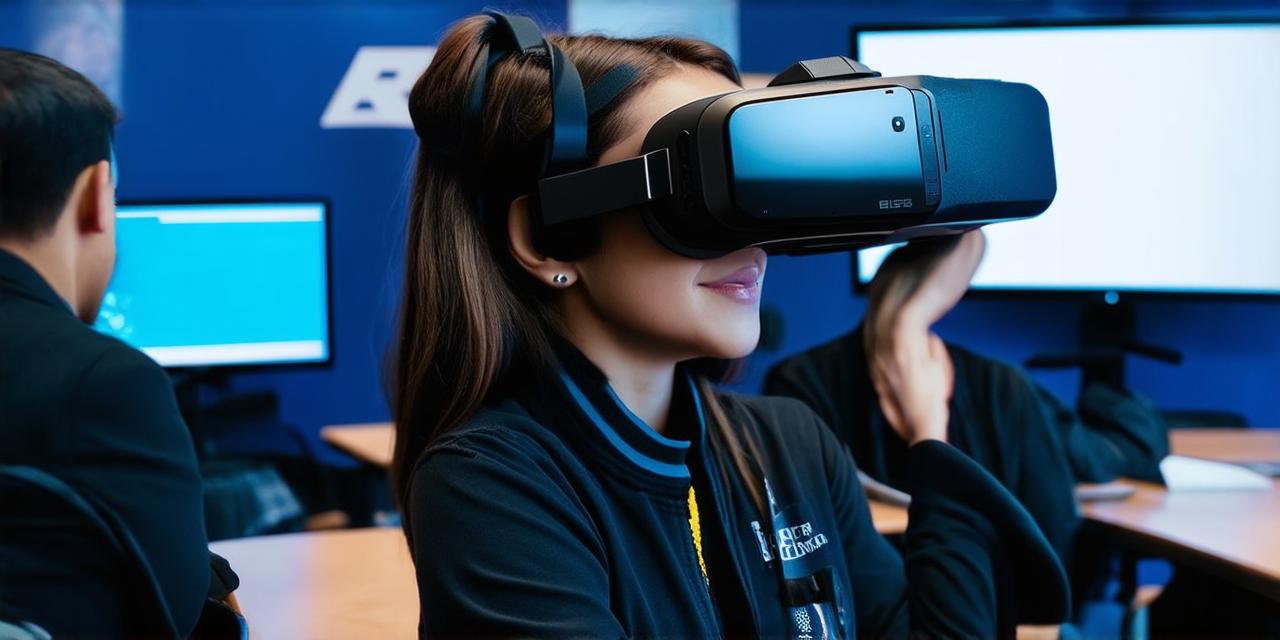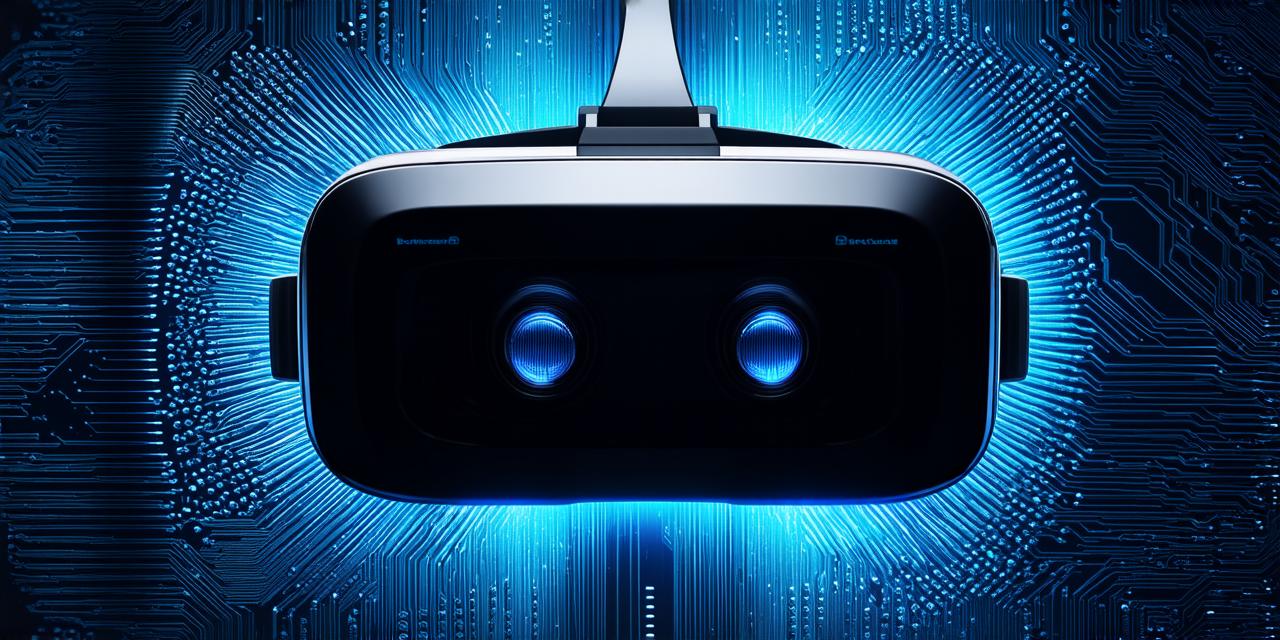As augmented reality (AR) technology continues to evolve, tactile virtual reality (TVR) is emerging as a new and exciting frontier. TVR is a type of AR experience that combines physical sensations with digital elements, creating an immersive and interactive environment for users.
What is Tactile Virtual Reality?
TVR is a type of augmented reality experience that combines physical sensations with digital elements to create an immersive environment for users. TVR systems use sensors, actuators, and other devices to provide feedback to the user’s body, allowing them to interact with virtual objects in a realistic and intuitive way.
One of the key features of TVR is its ability to simulate physical sensations such as touch, vibration, and haptic feedback. For example, a user might feel a vibration in their hand when they are interacting with a virtual object or receive a gentle tap on their wrist when they walk through a virtual door.
TVR systems can be used in a variety of settings, from gaming to education, training, and therapy. By providing users with a realistic and interactive experience, TVR has the potential to transform the way we interact with technology and enhance our overall well-being.
Applications of Tactile Virtual Reality
There are many potential applications for TVR in the world of AR development. Here are just a few examples:
- Gaming: TVR can provide gamers with a more immersive and realistic gaming experience, allowing them to feel as if they are truly part of the game world. For example, a user might feel a vibration in their hand when they shoot an enemy or receive a gentle tap on their wrist when they jump over obstacles.
- Education: TVR can be used to create interactive and engaging educational experiences that help students learn in a more hands-on and immersive way. For example, a user might feel the texture of a virtual object as they explore it or receive feedback on their performance as they practice a skill.
- Training: TVR can be used to simulate real-world scenarios and provide trainees with a safe and controlled environment to practice their skills. For example, a medical student might feel the sensation of performing a surgery on a virtual patient, while a pilot might experience the sensation of flying a virtual plane.
- Therapy: TVR can be used to create immersive and interactive therapy experiences that help patients overcome phobias, manage chronic pain, and improve their overall well-being. For example, a user might feel the sensation of being in a virtual environment that triggers their anxiety or receive feedback on their performance as they practice relaxation techniques.
How TVR Works
TVR systems use a variety of sensors and actuators to provide users with a realistic and immersive experience. Here are some of the key components of a typical TVR system:
- Sensors: TVR systems use sensors such as accelerometers, gyroscopes, and pressure sensors to track the user’s movements and provide feedback on their position and orientation in the virtual environment.
- Actuators: TVR systems use actuators such as motors, solenoids, and pneumatic or hydraulic cylinders to provide tactile feedback to the user’s body. For example, a motor might be used to create a vibration in the hand, while a solenoid might be used to simulate the sensation of water flowing over the skin.
- Software: TVR systems require specialized software that can interpret sensor data and generate appropriate responses from actuators based on user input and virtual object properties.
- User interface: TVR systems typically include a user interface that allows users to interact with virtual objects in a variety of ways, such as through hand gestures or voice commands.

Summary
Tactile virtual reality is an exciting new frontier in the world of augmented reality development. By providing users with a realistic and immersive experience that combines physical sensations with digital elements, TVR has the potential to revolutionize the way we interact with technology and enhance our overall well-being. While there are still challenges and limitations to overcome, the potential benefits of TVR make it a worthwhile area of investment and research for AR developers. As the technology continues to evolve, we can expect to see more innovative and practical applications of TVR in a variety of fields.
